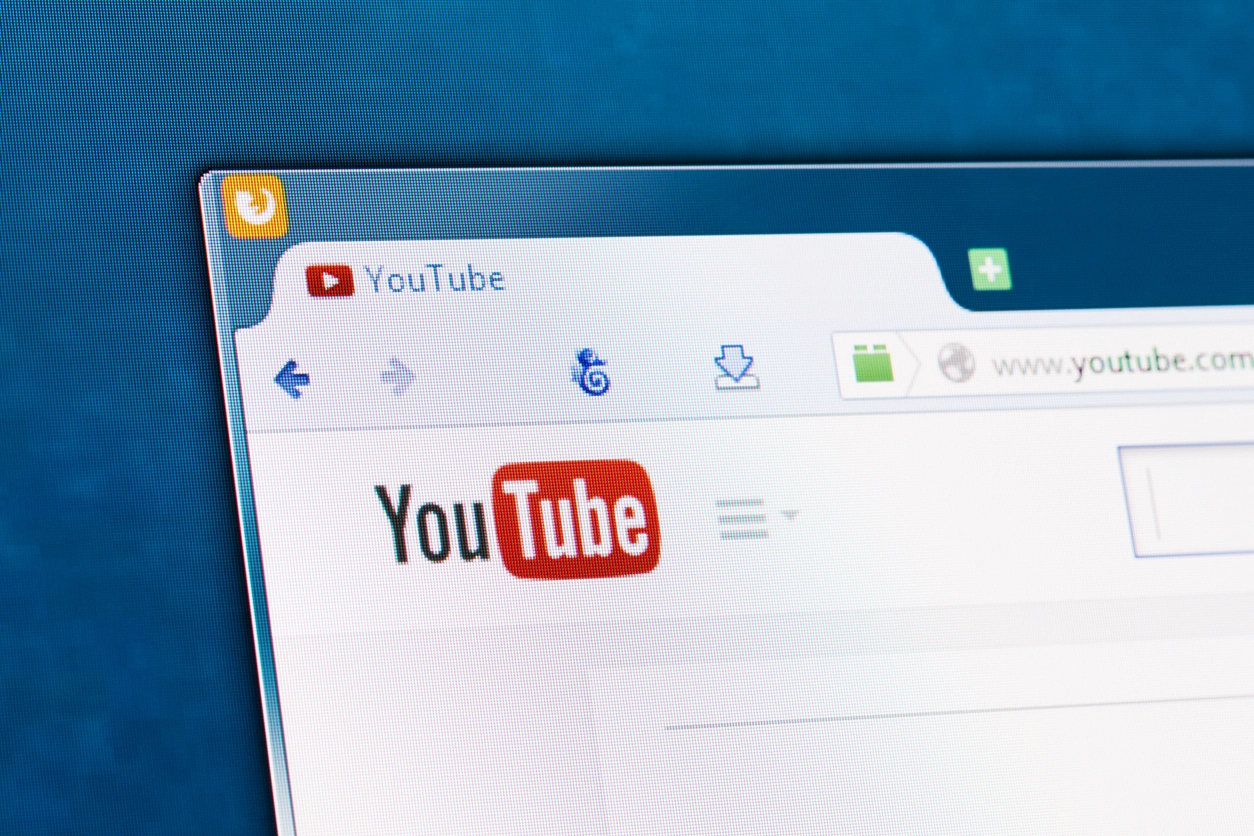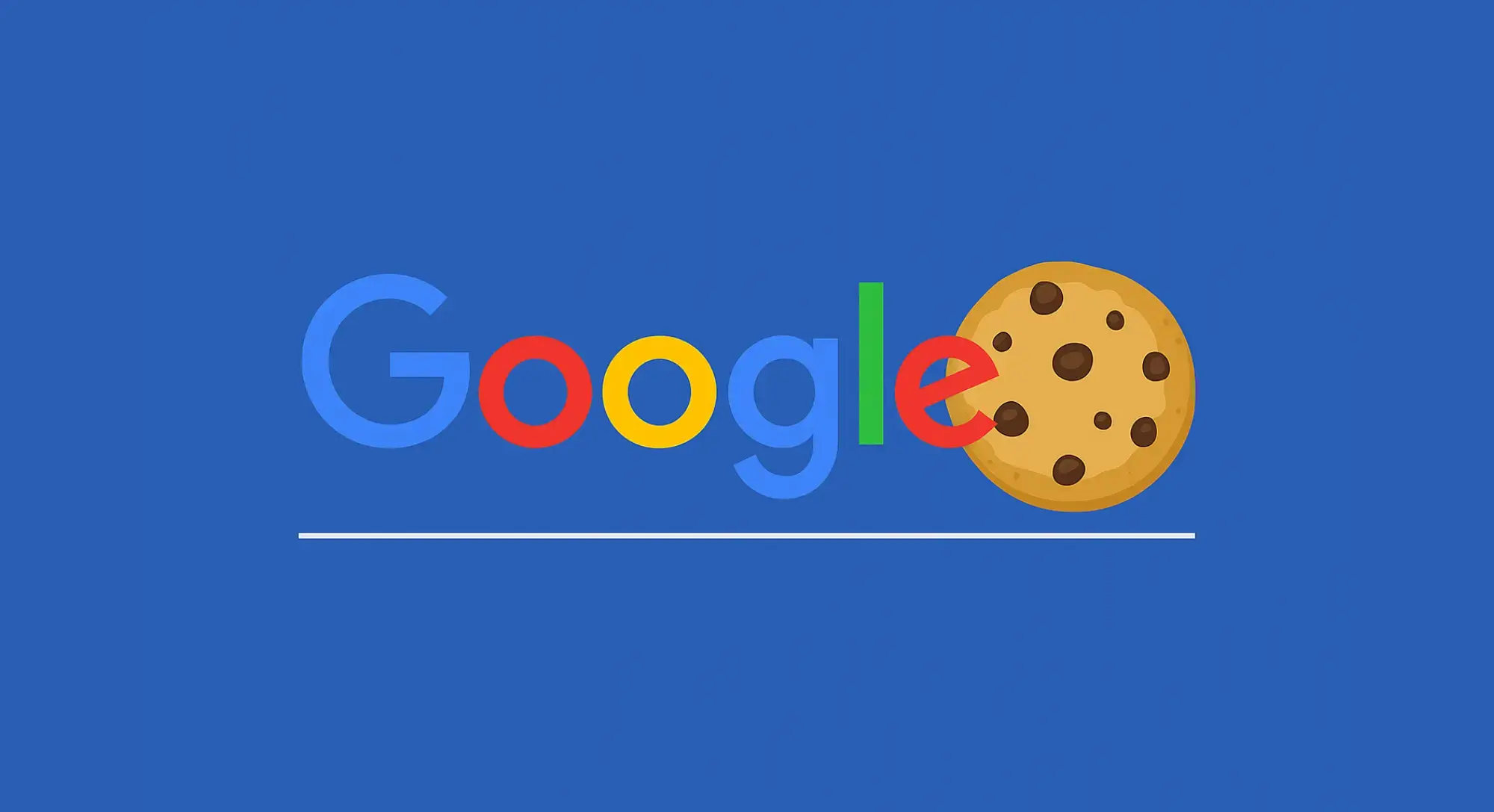Google has recently issued a response to a research report by Adalytics that raised concerns about misrepresentation and non-compliance with ad policies on YouTube.
In their blog post, Google aimed to address the allegations made in the report. However, upon closer examination of their response, it becomes apparent that there are several issues with their claims, including misinformation, diversion tactics, and lack of clear answers.
In this blog post, we will thoroughly analyze Google's statements and uncover the truth behind the YouTube scandal.
The Context: In-Stream vs. Out-Stream Video Ads
Before diving into Google's response, it's important to establish the context of the scandal. The research report focused on the misrepresentation of out-stream video ads as TrueView in-stream ads. While TrueView ads are skippable, in-stream video ads that run on YouTube content, out-stream ads are standalone video ads played separately from any YouTube video content.
The main issue highlighted by the research was that a significant number of ads were mislabeled as TrueView in-stream ads when they were, in fact, out-stream ads. These mislabeled ads had various shortcomings, including being non-skippable, muted, off-page, and non-viewable. This issue is distinct from the debate about whether the ads ran on YouTube itself or on Google Video Partner (GVP) websites.
Google's Response: A Point-by-Point Refutation
1. Google: "The overwhelming majority of video ad campaigns serve on YouTube."
While this statement may be technically accurate, it fails to address the proportion of ads within a campaign that ran on YouTube versus outside sources. According to the research, only 16% of the observed campaign's ads served on YouTube, while 84% served on GVP websites. This indicates that the majority of ads did not run on YouTube as implied by Google's response.
2. Google: "When advertisers create video ad campaigns, they can clearly see that their ads may run on third-party sites via GVP during the campaign setup."
Contrary to Google's claim, the option to choose where ads will appear is not present during campaign setup. Advertisers can only see this option after the ad is created. This omission during campaign setup is misleading and does not align with Google's assertion.
3. Google: "Ad inventory across the Google Video Partner network is more than 90% viewable."
Google's claim of 90% viewability is contradicted by the research findings. The documented cases clearly show numerous instances where ads were delivered in muted, out-stream, auto-playing, or hidden video slots, rendering them non-viewable.
Third-party vendors responsible for viewability verification, such as DoubleVerify, Integral Ad Science, and Moat, do not actually measure the viewability of YouTube ads. They rely on calculations and reporting based on data supplied by YouTube, which raises concerns about the independence and accuracy of their viewability metrics.
4. Google: "We use real-time ad quality signals to determine if people are present and paying attention."
Google's claim that they can detect if people are present and paying attention to ads is misleading. No HTML or JavaScript code can ascertain people's attention outside the browser.
Moreover, their viewability signal, as demonstrated by the research, failed to detect ads that were covered up by other display ads, indicating a flaw in their detection mechanism.
5. Google: "We actively enforce these policies."
The research data spans over three years and encompasses more than 1,100 advertisers/brands' campaigns, revealing that TrueView ads that did not meet Google's own policies were transacted on unsuitable GVP sites. Google's failure to address this issue contradicts their claim of actively enforcing policies.
6. Google: "We offer third-party validation for ads running on Google Video Partners content."
While Google mentions third-party verification from vendors like DoubleVerify, Integral Ad Science, and Moat, it is important to note that these vendors do not measure viewability directly. They solely rely on data supplied by YouTube for their calculations and reporting, raising concerns about the independence and accuracy of their verification processes.
The Implications and Action Needed
Google's response falls short of addressing the core issues highlighted by the research. Advertisers, who have spent billions on YouTube advertising, should be concerned and demand action. The misrepresentation of out-stream ads as TrueView in-stream ads has serious implications for advertisers, as it undermines the effectiveness and value of their campaigns.
The research report reveals that a vast majority of surveyed media buyers considered mislabeled TrueView skippable in-stream ads to be "ad fraud." Many media buyers expressed frustration and a lack of confidence in future YouTube buys due to these misrepresentations. Advertisers should collectively demand refunds for ads that did not meet Google's own policies and definitions.
Conclusion
Google's response to the YouTube scandal does not adequately address the issues surrounding the misrepresentation of ads and non-compliance with ad policies. It is important for advertisers and media buyers to carefully consider Google's statements and not be misled by them.
It is crucial for industry stakeholders to engage in open dialogue, demand transparency and accountability, and push for improved ad placements. We invite you to share your thoughts, experiences, and questions in the comments section below.
Let's have a productive conversation and collectively hold Google accountable for the misrepresentation of ads, ensuring a fair and trustworthy advertising ecosystem.


